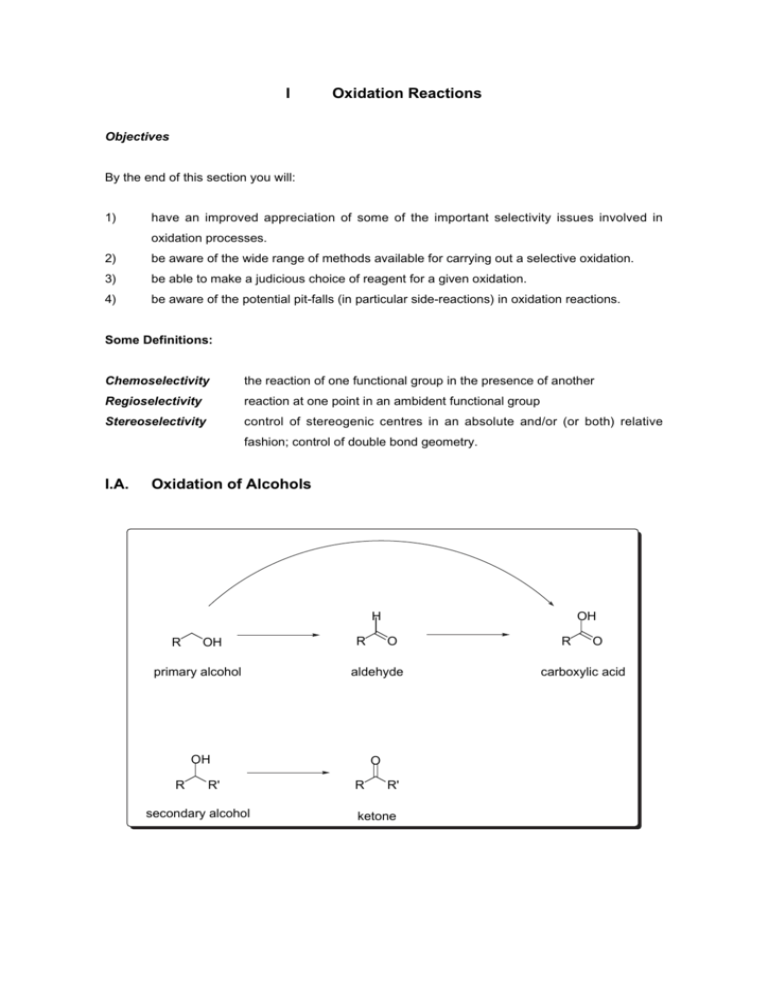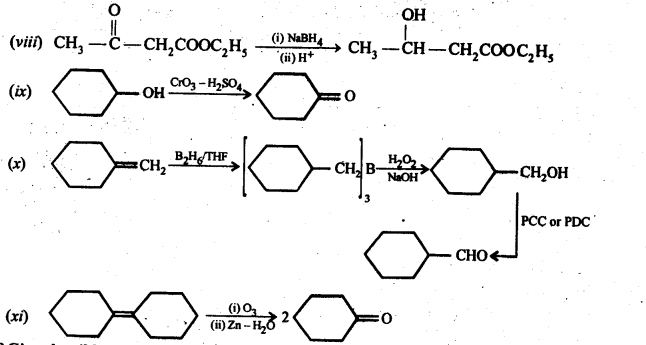

Table 21.1 Structures and characteristic odours of selected esters IUPAC nameĪ “lactone” is a cyclic ester and has the general structureīy recognizing that the steps in the acidic hydrolysis of an ester are exactly the same as those in a Fischer esterification (but in the reverse order!), you can again minimize the amount of memorization that you must undertake. Many esters have characteristic aromas and flavours.


The toxicity and mess associated with chromium has spurred the development of other alternatives like TPAP, IBX, DMP, and a host of other neat reagents you generally don’t learn about until grad school.After completing this section, you should be able to Real life notes: If you end up using PCC in the lab, don’t forget to add molecular sieves or Celite or some other solid to the bottom of the flask, because otherwise you get a nasty brown tar that is a real major pain to clean up. The electrons from the C-H bond move to form the C-O bond, and in the process break the O-Cr bond, and Cr(VI) becomes Cr(IV) in the process (drawn here as O=Cr(OH)2 ). The C-O double bond is formed when a base removes the proton on the carbon adjacent to the oxygen. A chloride ion is then displaced, in a reaction reminiscent of a 1,2 elimination reaction, to form what is known as a chromate ester. Secondly, a proton on the (now positive) OH is transferred to one of the oxygens of the chromium, possibly through the intermediacy of the pyridinium salt. The first step is attack of oxygen on the chromium to form the Cr-O bond. The elimination reaction can occur because we’re putting a good leaving group on the oxygen, namely the chromium, which will be displaced when the neighboring C-H bond is broken with a base. We’re going from a carbon-oxygen single bond to a carbon-oxygen double bond. How does it work? Oxidation reactions of this sort are actually a kind of elimination reaction. This is not a concern with ketones, since there is no H directly bonded to C. If water were present, it can ad to the aldehyde to make the hydrate, which could be further oxidized by a second equivalent of PCC were it present. One has to be careful with the amount of water present in the reaction.

The byproducts (featured in grey) are Cr(IV) as well as pyridinium hydrochloride. If you add one equivalent of PCC to either of these alcohols, you obtain the oxidized version.Similar to or the same as: \(CrO_3\) and pyridine (the Collins reagent) will also oxidize primary alcohols to aldehydes. Unlike chromic acid, PCC will not oxidize aldehydes to carboxylic acids. PCC oxidizes alcohols one rung up the oxidation ladder, from primary alcohols to aldehydes and from secondary alcohols to ketones. Pyridinium chlorochromate (PCC) is a milder version of chromic acid.


 0 kommentar(er)
0 kommentar(er)
